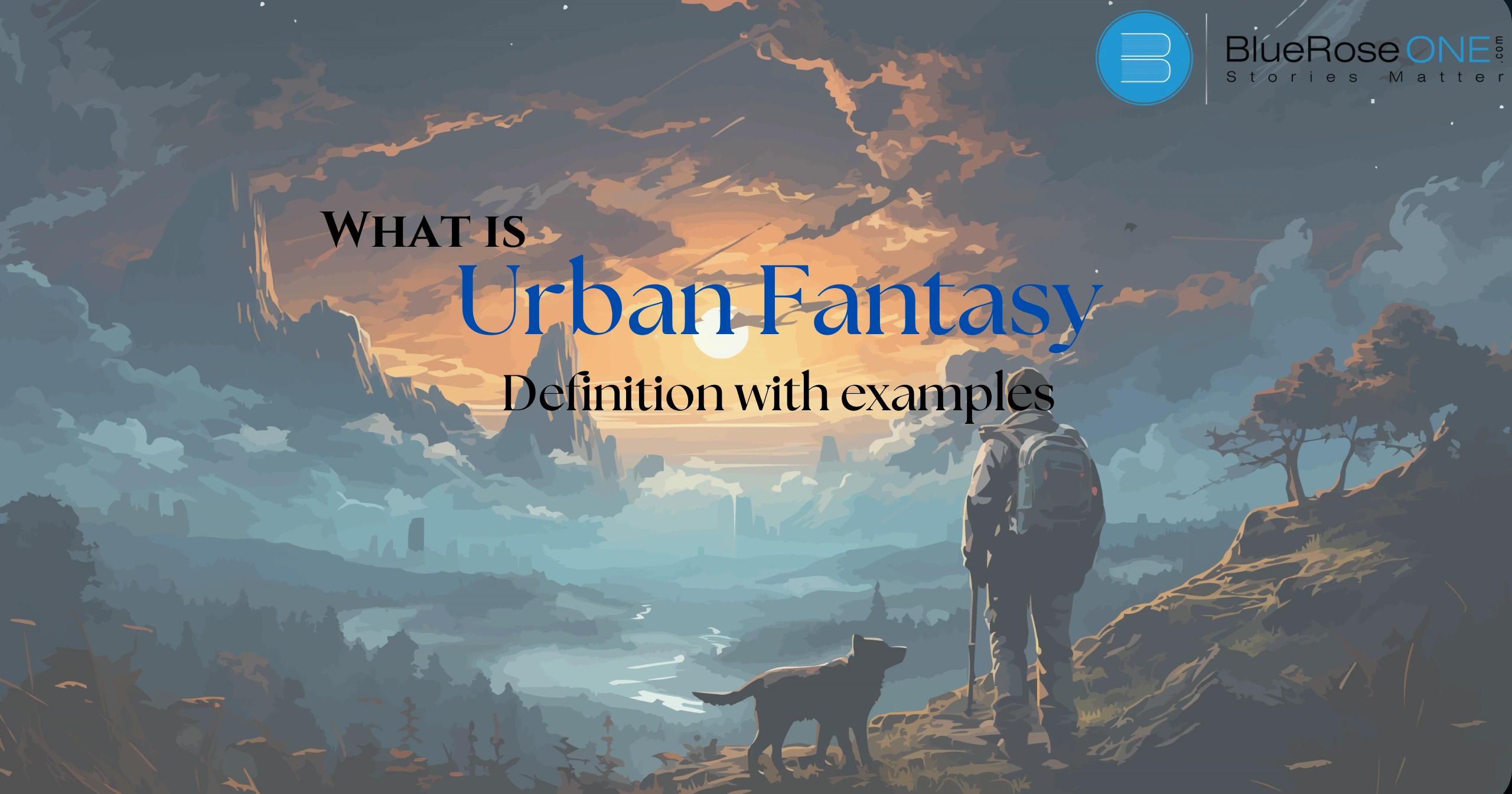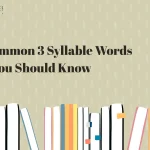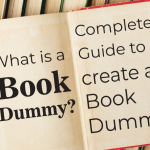Urban fantasy is a distinct type of fantasy that combines the magical and the contemporary. It is frequently situated in modern cities where paranormal phenomena coexist with normalcy.
An intriguing universe where myths from antiquity and contemporary reality mix is created by combining magic, adventure, and the comfortable backdrop of metropolitan areas.
What is Urban Fantasy
Urban fantasy is fundamentally about fusing the fantastical with the everyday. Imagine exploring your city and learning that the coffee shop owner who serves you every morning is a werewolf, or that the police investigator who solves crimes has access to spells from antiquity.
Urban fantasy creates a smooth transition between the actual world and the extraordinary, frequently incorporating mythology, folklore, and supernatural creatures into a contemporary context.
You may also read: Top 10 Ebook Selling Platforms for Authors in 2025
Key Characteristics of Urban Fantasy
Contemporary or near-contemporary urban settings: The setting of urban fantasy in contemporary or near-modern cities is one of its main features. Urban fantasy, in contrast to classic fantasy, frequently takes place in busy, well-known places like New York, London, or imaginary cities that are modeled after actual cities.
In these environments, supernatural elements coexist with the mundane, the extraordinary and the ordinary are blended together. Modern readers will find urban fantasy more approachable because of the familiar urban background that supports the strange components.
Supernatural elements in everyday life: One of the defining aspects of Urban Fantasy is the presence of supernatural elements in ordinary life. In this genre, supernatural or fanciful animals such as witches, werewolves, or vampires are incorporated into contemporary metropolitan environments.
In contrast to high fantasy, which sets magic in far-off locales, urban fantasy sets these components in well-known cities, giving the everyday world an exceptional air. Readers are left feeling in awe by this unusual combination of the supernatural and the commonplace, which produces an intriguing contrast.
Protagonists balancing ordinary and extraordinary: The main characters in urban fantasy frequently strike a balance between the extraordinary and the everyday. They usually inhabit a comfortable, contemporary environment, yet they come across magical or supernatural aspects that cast doubt on reality.
Because of this contrast, interesting individuals are created who have to balance normal responsibilities like doing a job or taking care of relationships with unusual threats or superhuman abilities. Urban Fantasy is characterized by this blending of the fantastical with the everyday, which makes it an exciting and relevant genre.
You may also read: A Complete List of Anuja Chuahan Books
The Evolution of Urban Fantasy
Origins and Influences
Urban fantasy first appeared in the latter half of the 20th century, with mythology, folklore, and classic fantasy serving as inspiration. It is set in contemporary metropolitan settings and combines magical or supernatural elements with the everyday.
The genre was defined in part by important novels like Emma Bull’s War for the Oaks and Charles de Lint’s Moonheart. Real-world cities are frequently used by authors as backdrops, letting readers explore well-known places that have been magically altered. Urban Fantasy is both approachable and innovative because of its distinctive fusion of fantasy and urban life.
Modern-Day Appeal of Urban Fantasy
Urban fantasy’s distinctive blending of magical and real-world elements has made it immensely popular in the current era. This genre lets readers experience strange creatures, supernatural powers, and different dimensions while escaping into a familiar setting, like cities.
Its familiar yet innovative blend of ordinary living with exceptional possibilities is what gives it its modern appeal. Because of this ongoing fascination with the merging of imagination and reality, Urban imagination has enduring relevance in the modern era.
You may also like: List of Best Libraries in Noida for Bookworms
Key Elements of Urban Fantasy
Urban Setting
The urban environment, which incorporates magical or supernatural elements into contemporary cityscapes, is one of the main components of urban fantasy. These tales frequently take place in big, busy cities where magic occurs in addition to regular life.
Urban fantasy is distinctive due to the contrast it creates between the commonplace and the exceptional. The urban fantasy genre is defined by an intriguing blend of supernatural elements with realistic, gritty surroundings that provide a sense of groundedness.
The City as a Character
Urban fantasy frequently features the city as a major character, if not a character in and of itself. The story’s mood, atmosphere, and conflicts are shaped by the environment, which is typically a busy, contemporary metropolitan. It allows supernatural components to dwell in everyday urban environments by fusing the mystical and the commonplace.
These cities are crucial to the storyline and concepts of Urban Fantasy narrative because they are teeming with supernatural beings, ancient powers, and hidden mysteries.
Supernatural Elements
Urban fantasy requires supernatural components to bring the fantastical and the everyday together. These components include mythological beings and magical abilities, as well as fantastical creatures like fairies, witches, and vampires.
These magical elements cohabit with the contemporary world in urban fantasy, frequently remaining veiled beneath the surface of day-to-day existence. This combination offers an engrossing backdrop where the ordinary and the supernatural collide, enabling readers to examine difficult issues of morality and identity in well-known metropolitan locations.
Incorporating Magic, Myths, and Creatures
Magic, mythologies, and creatures are all necessary to create a compelling world in urban fantasy. This genre allows supernatural qualities to coexist with everyday life by fusing the extraordinary with the commonplace. For example, amid the busy streets of a city, characters can come into mythical creatures like dragons or fairies.
This combination deepens the story and forces the protagonists to reconcile real-life experiences with mythical ones. Urban fantasy provides readers with a thrilling escape into a world where everything is possible by combining these themes.
You may also read: What is Exposition in literature? Definition and Key Examples

Popular Themes in Urban Fantasy
Magic vs. Technology
The conflict between magic and technology is a common motif in urban fantasy. In these tales, technology stands for contemporary inventions and human resourcefulness, while magic frequently embodies mythical beings, enchanted powers, and ancient capabilities.
Characters must traverse a world where technology can challenge magical creatures or spells can disrupt it, leading to unusual tensions. This theme is used in urban fantasy to examine the ways in which these two forces interact to shape characters’ lives in lively, modern environments.
Secret Societies and Hidden Worlds
Urban fantasy often revolves around hidden worlds and secret societies. These tales frequently examine the possibility of occult organizations affecting events covertly in the shadow of contemporary cities and without the public’s knowledge. This gives a sense of mystery and intrigue, enabling readers to learn little-known facts about their favorite cities.
As protagonists move between these hidden realms and their regular lives, tension and excitement are created by these mysterious groups that frequently possess ancient knowledge or power. Secret societies, in general, enhance the urban fantasy subgenre by fusing the ordinary with the exceptional.
You may also like: Top 5 Book Publishers in the UK: Which One is Best?
You may also read: Additionally Synonyms and Antonyms for Students & Writers
Famous Examples of Urban Fantasy in Literature
The Dresden Files by Jim Butcher
Jim Butcher’s The Dresden Files series is a classic example of urban fantasy, where the protagonist, Harry Dresden, is a private investigator and a wizard. Set in modern-day Chicago, the series combines mystery with magic as Harry navigates both the supernatural and human worlds.
American Gods by Neil Gaiman
American Gods by Neil Gaiman is another cornerstone of urban fantasy. The novel explores a world where ancient gods exist in modern-day America, blending mythology with a contemporary road trip narrative.
Urban Fantasy in TV and Film
Buffy the Vampire Slayer
One of the most iconic urban fantasy TV shows, Buffy the Vampire Slayer, combines a high school drama with vampire hunting. Set in a suburban town, the series seamlessly blends teen life with supernatural battles.
The Mortal Instruments
The Mortal Instruments film series, based on Cassandra Clare’s books, features a hidden world of demons, angels, and magical beings living in modern-day New York. It’s a perfect example of urban fantasy in cinema, with strong characters and intricate world-building.
How to Write Urban Fantasy
Building a Believable Urban World
It’s crucial to write an authentic-feeling metropolis in urban fantasy, even when fantastical happenings take place. Combine well-known locations with enchanted details to create a universe that readers will be able to believe is just outside of their own.
Balancing the Mundane and the Magical
It all comes down to balance. In order to give your readers the impression that both may live without attracting undue emphasis to either, the supernatural and the everyday life of the city must contrast.
Developing Unique Characters
Urban fantasy requires characters who are sympathetic and strong. Whether your character is a detective with magical abilities or a witch who owns a coffee shop, they should both feel rooted in reality and able to navigate mystical realms.
Ordinary People with Extraordinary Powers
Urban fantasy is characterized by the “everyman” who either discovers or acquires exceptional talents. By providing readers with a relatable figure, these writers help put the paranormal in context.
You may also read: Book Review: Student Politics of IIT Madras by Shushwant Jaswal
Challenges and Tips for Writing Urban Fantasy
Avoiding Genre Clichés
In order to maintain the freshness and interest of your urban fantasy tale, you must avoid genre clichés. Readers sometimes come across well-known clichés, such as the moody vampire or the reluctant hero. Make distinctive characters and scenarios that subvert these preconceptions if you want to stand out.
Think about incorporating aspects from several genres or choosing an unusual setting for your story. You can write an engaging urban fantasy that captivates your audience’s attention and presents a fresh take on well-known subjects by deviating from conventional patterns.
Blending Genres Seamlessly
Writing urban fantasy involves a significant challenge: blending genres seamlessly. This genre frequently blends modern city settings with fantasy elements like magic and mythological creatures. Authors should make sure that the fantasy components merge in naturally with the urban setting in order to achieve a seamless integration.
A mystical creature should, for example, be introduced amid a busy metropolis to further the plot rather than detract from it. Writers can craft compelling and credible urban fantasy stories that enthrall readers by striking a balance between realism and fantasy.
Conclusion
The intriguing genre of urban fantasy offers countless opportunities for creative narrative by bringing the wonder of magic into the real world. This genre never fails to enthrall viewers with its distinct fusion of fantasy and realism, whether it be in books, TV series, or movies.
















